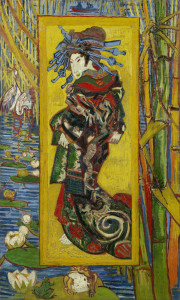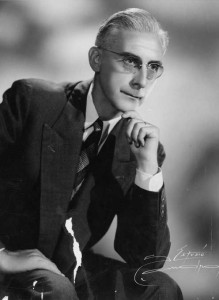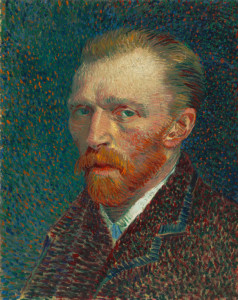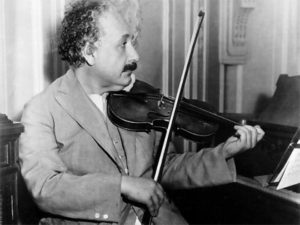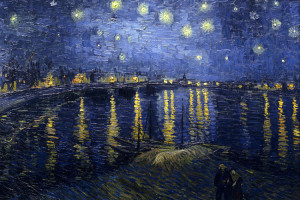PP+A is a network of people from all walks of life who are interested in the relatedness between Psychiatry, Philosophy and the Arts.
We are interested in all aspects and points of views from mental health professionals, students, patients, and outside observers. We encourage the discussion of all philosophies including ancient or modern, new age, Eastern/Western, spirituality/religion and how they relate to overall artistic expression of the human condition through music, artworks, paintings, language/writing and creativity as a whole.
Our mission is:
![]() to recognize and promote the interrelatedness of psychiatry, philosophy and the arts
to recognize and promote the interrelatedness of psychiatry, philosophy and the arts
![]() to provide a safe space (with anonymity available) for discussions about the mind, psychiatric conditions, philosophy, and the impact of the arts on the mind and the spirit
to provide a safe space (with anonymity available) for discussions about the mind, psychiatric conditions, philosophy, and the impact of the arts on the mind and the spirit
![]() to explore the link between psychiatric conditions and creativity, often described as the thin line between great works of art and madness.
to explore the link between psychiatric conditions and creativity, often described as the thin line between great works of art and madness.
PP+A offers a discussion forum generated by an online publication of articles and creative works (photography, videos, music, etc.) to which you are invited to contribute. We also encourage you to learn more about the relatedness between Psychiatry, Philosophy, and the Arts by clicking on one of the categories to the right.
We welcome your participation!
![]()

